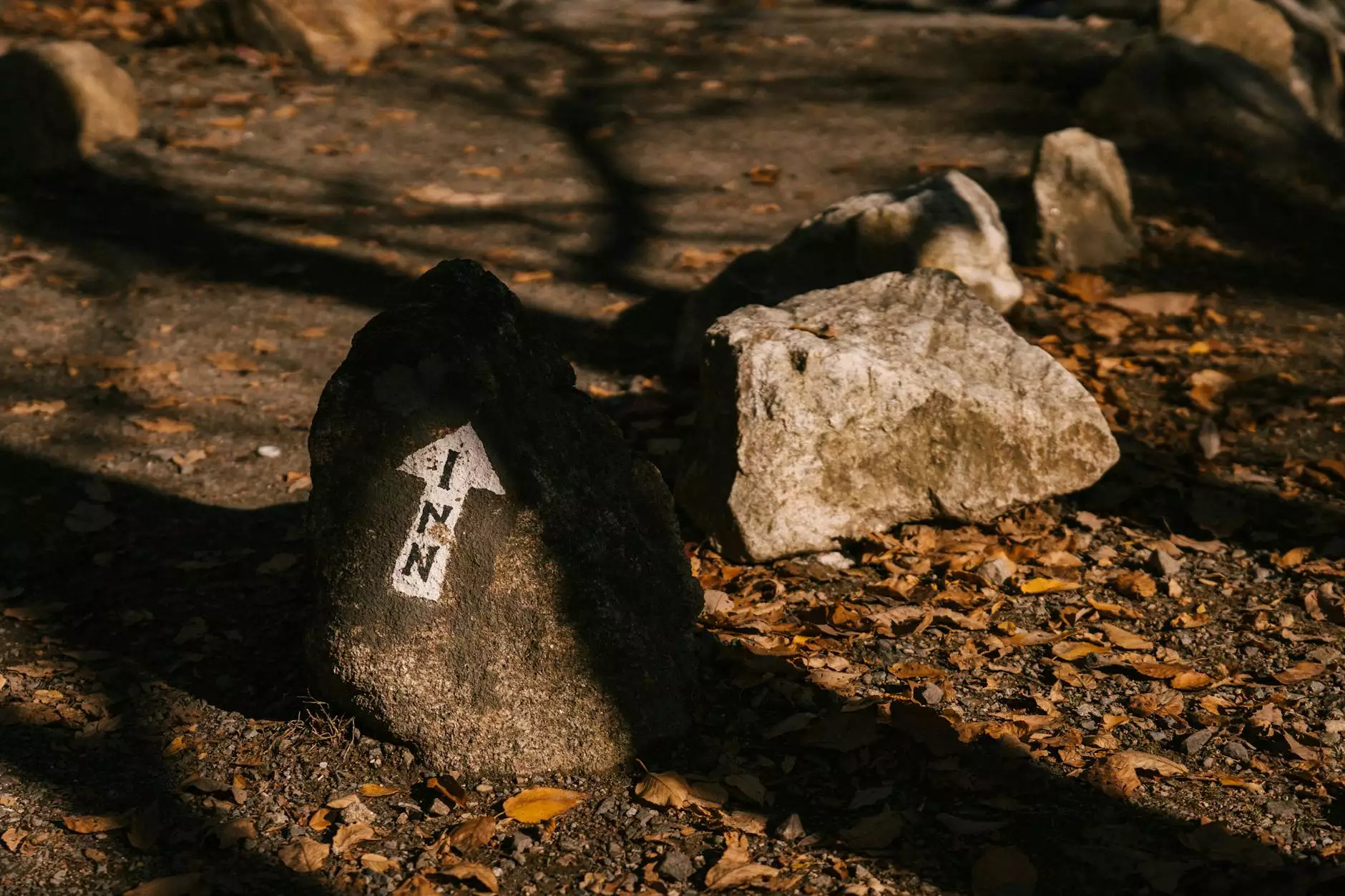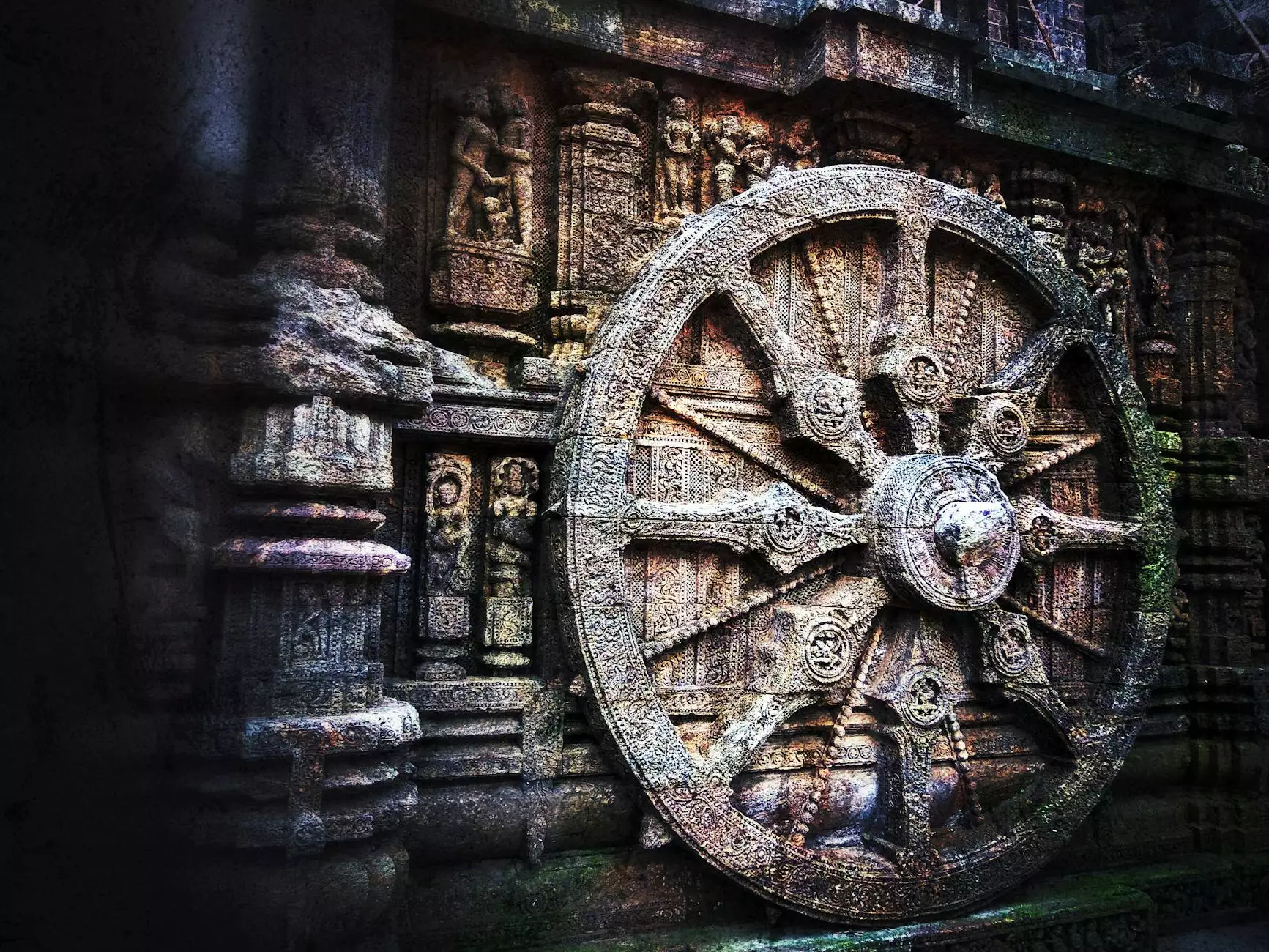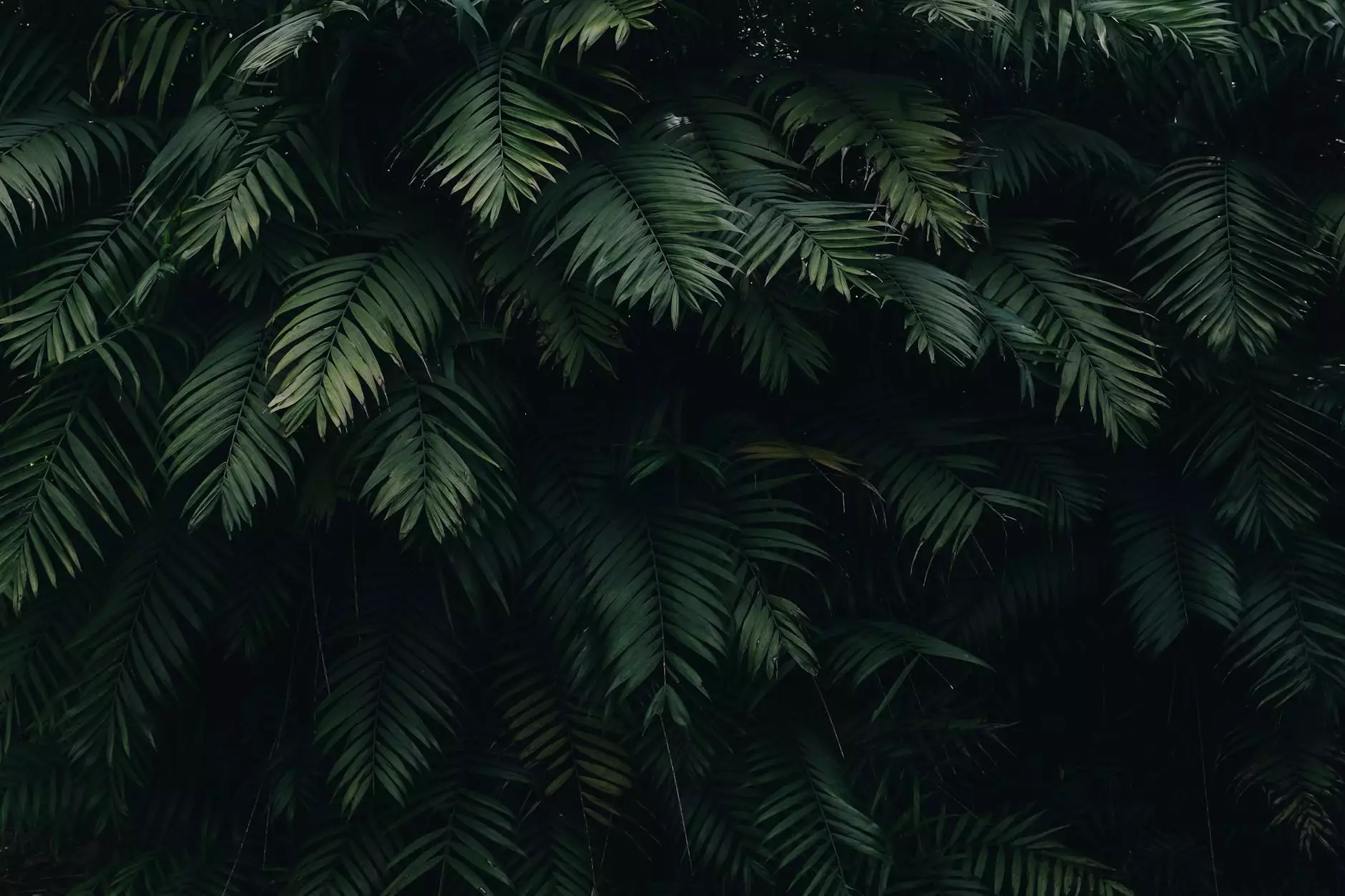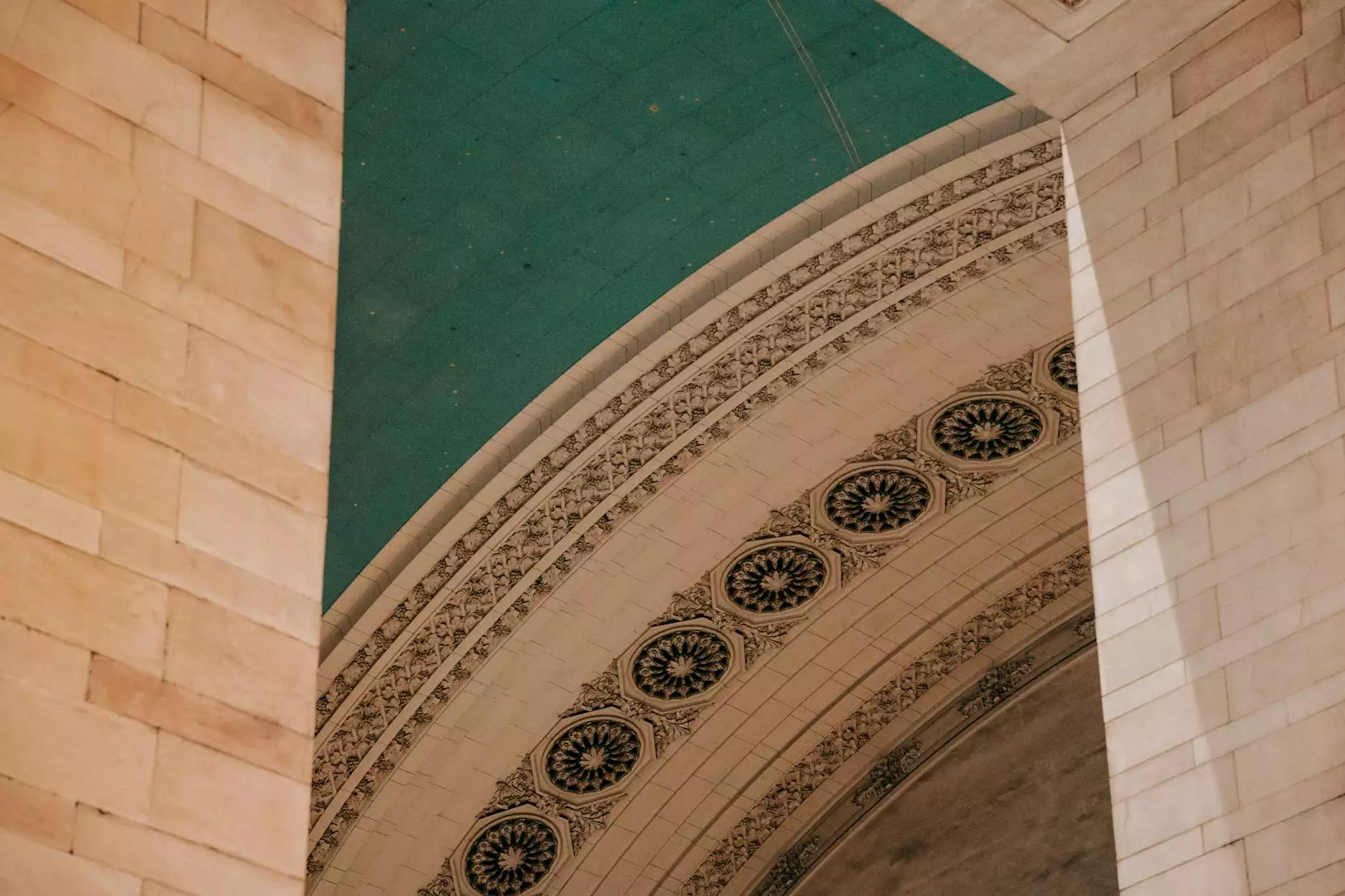Kumeyaay: Native Californians/ Iipai-Tipai

Introduction
Welcome to the La Historia Society's exhibit on the Kumeyaay Native Californians, focusing on the Iipai and Tipai bands. In this comprehensive exploration, we delve into their rich history, traditional practices, unique art forms, language, and significant contributions to the community and society. Join us on this enlightening journey as we celebrate and honor the resilience and cultural heritage of the Kumeyaay people.
The Kumeyaay People
The Kumeyaay are a group of Native Californians, deeply connected to the land that stretches across what is now known as the Southern California and Northern Baja California regions. For thousands of years, the Kumeyaay inhabited this vast territory, developing a profound understanding of their surroundings, sustainable practices, and a deep spiritual connection to nature.
The Iipai-Tipai Bands
Within the umbrella term "Kumeyaay," the Iipai and Tipai bands emerge as distinct groups, each with their own cultural traditions and unique contributions. The Iipai people generally resided in the inland areas, adapting to the rugged mountains and valleys, while the Tipai people called the coastal regions their home, navigating the bountiful resources of the ocean and shoreline.
Traditions and Beliefs
The Kumeyaay people hold a rich tapestry of traditions and beliefs, passed down through generations. Their spiritual practices are deeply intertwined with their interactions with natural elements and ancestral spirits. Kumeyaay ceremonies and rituals, such as the "Kuseyaay" (House Burning Ceremony) and "Matsuy" (Sweat Lodge), are sacred events that celebrate community, healing, and connection with the divine.
Art and Craftsmanship
The artistic expressions of the Kumeyaay people are a testament to their creativity, cultural identity, and mastery of various art forms. From intricate basket weaving to distinctive pottery designs, Kumeyaay artisans demonstrate their exceptional craftsmanship. The vibrant colors and intricate patterns found in Kumeyaay tule reed and juncus baskets reflect their deep connection to the natural environment.
Language and Oral Traditions
The Kumeyaay language, spoken primarily by the Iipai and Tipai bands, is an integral part of their cultural heritage. It represents a unique linguistic system, passed down orally through generations. Despite the challenges faced by the Kumeyaay language today, efforts are being made to revitalize and preserve this vital link to their ancestral roots.
Contributions to Community and Society
The Kumeyaay people have made lasting contributions to the community and society through their traditional knowledge, cultural practices, and environmental stewardship. Their sustainable agricultural practices, intricate knowledge of medicinal plants, and harmonious coexistence with nature serve as valuable lessons in today's world facing environmental challenges.
Conclusion
As we conclude our journey through the Kumeyaay Native Californians, we invite you to continue exploring their profound history, rich cultural traditions, and ongoing contributions to the community and society. By sharing their stories and preserving their heritage, we honor the resilience and legacy of the Kumeyaay people, ensuring that their important contributions are recognized and celebrated for generations to come.
References:
- Smith, T. (2009). "Kumeyaay: A history textbook." San Diego, CA: Kumeyaay Community College.
- Jones, L. (2015). "Celebrating Kumeyaay Culture: A modern perspective." La Mesa, CA: La Mesa Historical Society.









